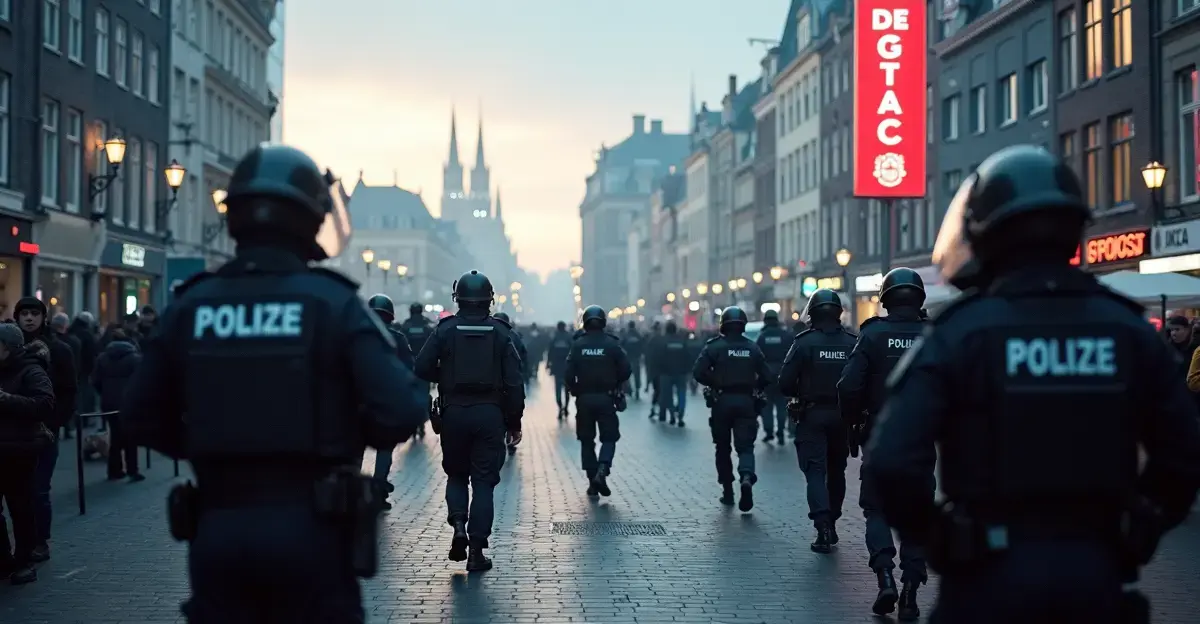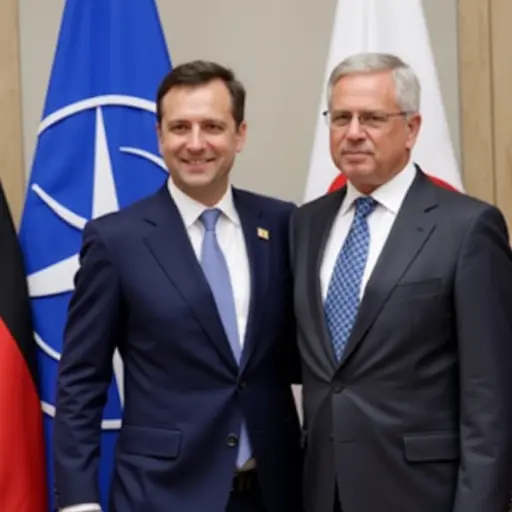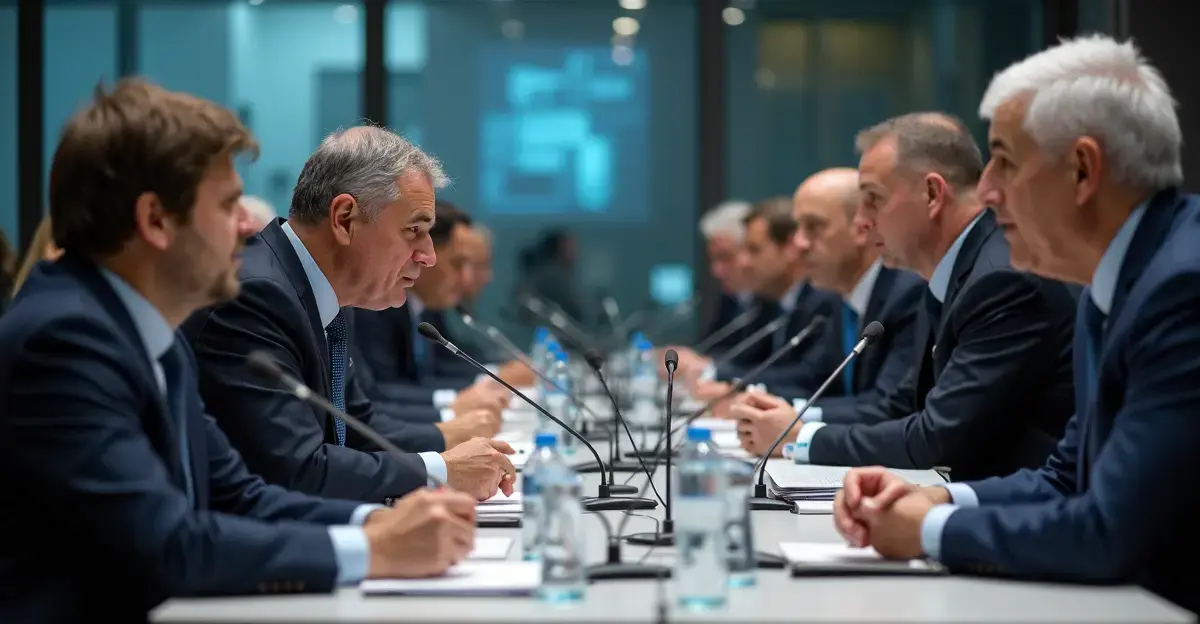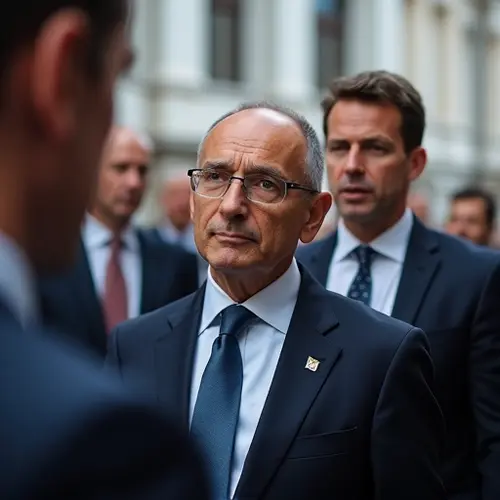The NATO summit in The Hague is expected to be brief, with minimal conclusions. Preparations are extensive, but uncertainties remain, including attendance and the final communiqué's content.

The upcoming NATO summit in The Hague, scheduled for late June, is shaping up to be anything but ordinary. With five weeks to go, the only certainty is that it won't be just another routine meeting. Much remains uncertain, including whether US President Donald Trump will attend or if Ukrainian President Zelensky will receive an invitation this time.
NATO Secretary-General Rutte appears optimistic about the summit's success, but diplomats at the alliance's headquarters are nervous. The summit is expected to be as short as possible to prevent Trump, who dislikes lengthy meetings, from becoming impatient. The final communiqué is also anticipated to be extremely brief, possibly just three paragraphs, compared to the 44 paragraphs in last year's Washington summit communiqué.
The summit will bring together leaders from all 32 NATO member states, along with thousands of advisors, officials, and journalists. Security measures will be unprecedented, causing significant disruption for The Hague residents. A major road has been closed since April, with more closures expected during the summit.
Diplomats emphasize that the real negotiations over the communiqué often begin at the last minute. One contentious issue will be whether to explicitly name Russia as a threat to the alliance, a statement that has been included in previous summits since Russia's invasion of Ukraine in 2022.

 Nederlands
Nederlands
 English
English
 Français
Français
 Deutsch
Deutsch
 Español
Español
 Português
Português









